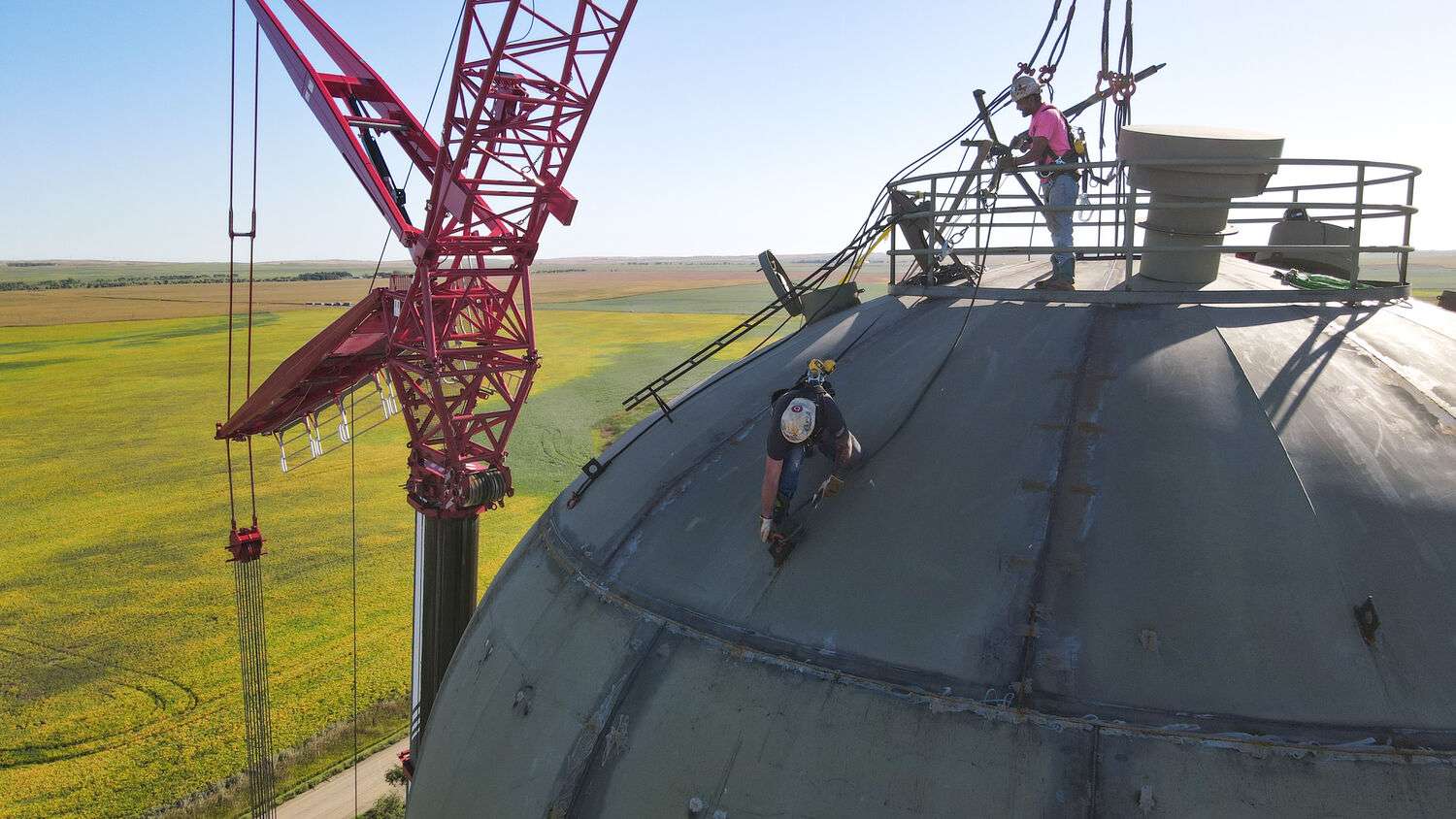
Napoleon, ND – Water System Improvement District 2021-1
CHALLENGE
The City of Napoleon faced a critical challenge with its aging water tank, built back in 1962. This sizable 50,000-gallon tank, once a reliable water source, presented several issues. It didn’t meet safety standards, needed refurbishment with sandblasting and re-coating, and couldn’t meet the city’s growing demands. Additionally, its height was inadequate to maintain consistent pressure throughout the city, and its proximity to the airport runway complicated matters. Adding to the complexity was the upcoming construction of a new nursing home on the opposite side of town, where water pressure and fire safety were already problematic. Addressing these challenges required innovative solutions and a forward-thinking approach to ensure the city’s water security and resilience.
SOLUTION
Moore Engineering undertook a comprehensive assessment of the issues and proposed a solution. Through meticulous analysis of daily water usage, estimation of peak flows, and assessment of fire protection requirements, Moore Engineering developed a model of the community’s water system to devise a holistic remedy. The recommendation was to install a new tank and transmission line along the southern border of the community. This new tank, would be taller and larger, would be relocated to higher ground, and away from any conflicts with the airport. Time was of the essence, with the project requiring expedited completion to coincide with the opening of the new Napoleon Care Center in 2023.
OUTCOME
Under the guidance of Moore Engineering, the project unfolded seamlessly. Open public meetings were conducted to ensure community involvement, while assistance was provided to the city in securing funding and navigating through the design, bidding, and construction phases. The project was completed on time, enabling the timely opening of the Napoleon Care Center. With over 85% of the project funded through grants and the remaining costs covered by long-term, government-subsidized loans, the project remained economically viable. Notably, every critical need was met, offering a sustainable solution for the community. The substantial grant funding ensured affordability in a low-income rural ND community, garnering widespread satisfaction among residents with the achieved outcomes.



